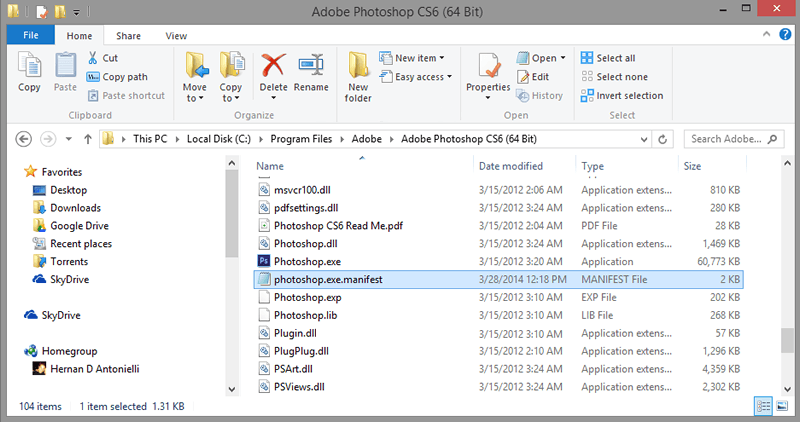At present, monitors supporting ultra high-resolution are becoming more and more popular. The picture on them really turns out very beautiful and rich. However, apparently many software developers were not fully prepared for this, judging by the same problems arising from users. The fact is that some programs simply don’t support such a resolution, in consequence of which, interface become just unreadable because of its small size. In this article, we will try to solve this problem in several ways.
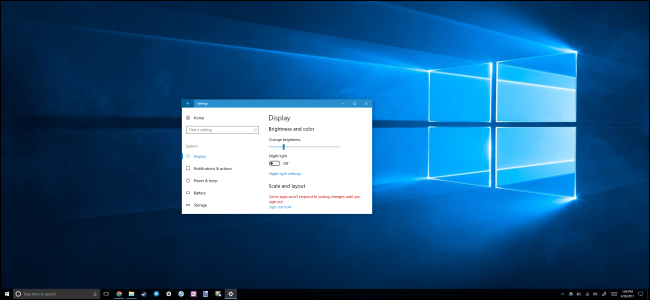
Ways to fix tiny or blurry text in High-DPI desktops :
Solution 1. Scaling adjustment via Windows Settings
For Windows 10:
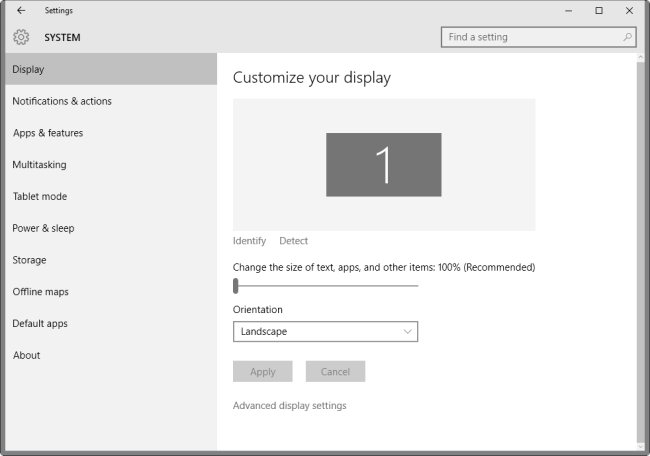
- Right-click on the desktop and select Display Settings from the context menu.
- The Settings application displays the current scaling of text, apps and other items on the screen that opens.
- You may use the slider to change the scaling value. Please note that the recommended value takes display size into consideration automatically. The value is usually set to 100% on Full HD displays and displays with lower resolutions, and to a larger value, say 200% on high DPI displays.
For Windows 7:
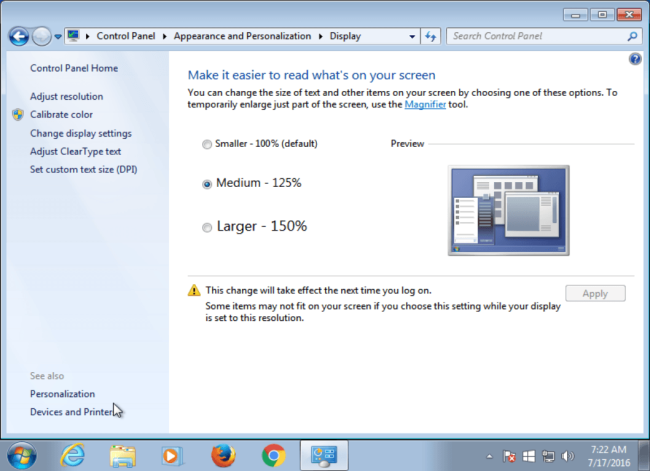
- Right-click on the desktop and select Screen Resolution from the context menu.
- Select “Make text and other items larger or smaller” when the Control Panel window opens.
- Use the options to switch to another text scaling value. The operating system highlights the default value on the screen.
- Hit the apply button once you have made the adjustment, and use the prompt to log off and on again.
Solution 2. Fixing specific programs that are not displayed correctly
For those programs that don’t support High-DPI desktops, we suggest the following way:
- Right-click on the program’s icon, for instance on the desktop, and select Properties from the context menu. If the program is displayed on the taskbar, right-click on it, and then right-click again on its name that opens in the menu.
- Switch to the Compatibility tab. It lists settings to improve an application’s compatibility when running. Locate “disable display scaling on high DPI settings”, and check the box.
- You find other options on the page that you may want to experiment with, for instance, to run it in a lower resolution, or disabling desktop composition.

It is also worth noting that, in some cases, this may only worsen the situation. For example, text and interface might become very small. If you faced this problem, you should get this setting back and go to the next step.
Solution 3. Use manifest files.
The most effective method that we can prepare you is to use manifest files. The manifest file is a file containing metadata for the specific program, simply put, with using a manifest file, we can directly tell Windows or make Windows think how the program works, which parameters it supports including program’s DPI awareness. To do this, you need to perform the following 2 steps:
Step 1: Enable Manifest file support
- Press Windows Button + R at the same time, type “regedit”, and then click OK.
- Go to the following registry subkey:
HKEY_LOCAL_MACHINE > SOFTWARE > Microsoft > Windows > CurrentVersion > SideBySide - Right-click, choose NEW > DWORD (32 bit) Value
- Type: “PreferExternalManifest”, and then press ENTER.
- Right-click PreferExternalManifest, and then click Modify.
- In box “Value Data” enter “1” and select Decimal.
- Click OK. Exit Registry Editor.
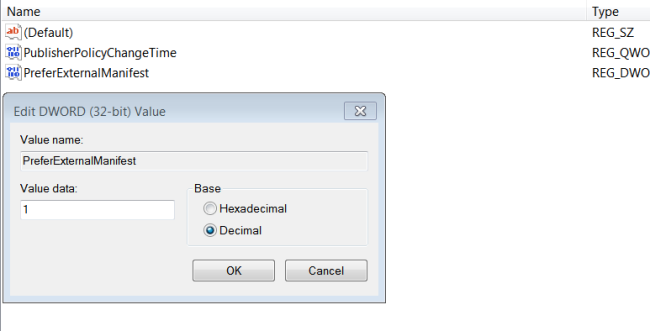
Step 2: Create and place the external manifest files
The final step is to copy your manifest file to all of the application folders that you would like to change the scaling on. For example, Adobe Photoshop is located at C:\Program Files\Adobe\Adobe Photoshop CS6 (64 Bit) so you should put the manifest file in the root folder of the program. Then you need to rename this file as executable one adding “.manifest” extension. In our case, it’s “photoshop.exe.manifest”.
